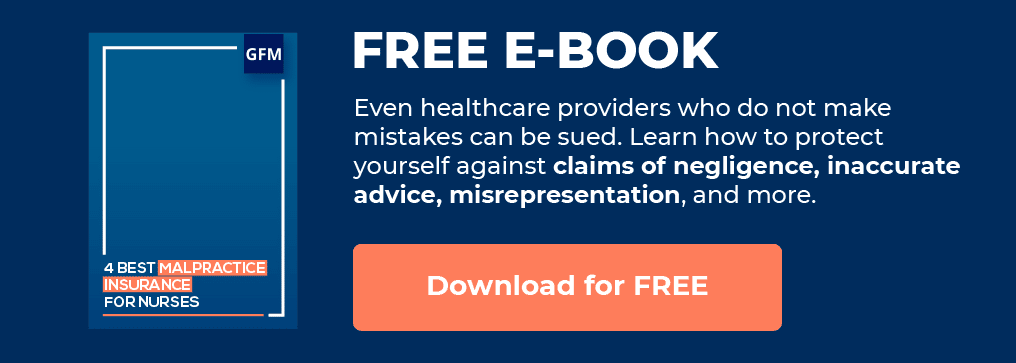Dealing With Difficult Patients as a Nurse
Nurses enter the profession understanding that the nature of their work calls for random interactions with persons who may be anxious, vulnerable, frightened, overwhelmed and certainly not at their best. Even the happiest of occasions in healthcare, the birth of a healthy newborn brings with it stressors and feelings of uncertainty.
In addition to the stress associated with seeking and receiving healthcare services, patients bring with them all of the struggles of human existence including economic challenges, social and political pressures, mental illness and chemical dependency just to name a few.
Layered on top of these are factors related to navigating the complex healthcare payment system, causing further anxiety related to how the cost of services will be paid for. Finally, many patients find themselves in unfamiliar settings when seeking healthcare where challenges like being punctual for appointments and finding parking can exacerbate stress.
Persons under stress commonly demonstrate one or a combination of the following behaviors:
Defensiveness
Rudeness
Aggression
Cursing
Confusion
Anger
Short attention span
Lack of decorum
These behaviors can contribute to challenging nurse-patient interactions.
Definition
“Difficult”(adj):
“Needing much EFFORT or SKILL to ACCOMPLISH, DEAL WITH or UNDERSTAND”
Effectively dealing with difficult patients involves understanding, skill, and effort. Let’s break it down:
Understanding
1. Listen up!
Gain insight as to what may be contributing to a difficult patient’s behavior. Effective listening and communication skills are key to understanding behaviors’ underlying factors. Gather as much information as you can from the patient, family, the medical record and colleagues who may have had previous encounters.
2. Be present!
Minimize the “noise” in the environment by turning the volume of TV and music down or off and silencing cell phones. Make and hold eye contact. Make every effort to communicate directly to the patient that your primary goal is to understand the issue at hand and to work toward resolution. Using phrases like ‘I want to understand’ can help gain the patient’s trust and focus.
Dealing With the Issue
1. What is important
Gain insight into the patient’s priorities and source of anxiety. This sets the stage for the resolution and creation of a therapeutic relationship. Typically, a cascade of issues contributes to a difficult patient’s behavior. Hence, leading questions that help identify the most important issue puts the interaction on a path of constructive resolution. Though the identified priority may be as simple as a glass of water or as complex as the resolution of a billing dispute, bringing it to the surface provides the nurse with the ability to begin resolution.
2. Commitment
Identify what you can do to resolve the issue. Commit to doing what you can to meet the patient’s needs. Though getting the patient a glass of water is easy, resolving a billing dispute is not. Committing to arrange a meeting with someone who can address the billing issue is also effective.
3. Follow-through!
Be sure that what you committed to happens. This builds and sustains trust in the nurse and the organization.
Effort and Skill
1. Back to basics
Introductory nursing education focuses on therapeutic communication skills to facilitate building professional relationships with patients and families. Listening, reflecting, clarifying, acknowledging, and accepting are useful tools that nurses exercise daily throughout their careers.
2. It’s not personal
It is sometimes difficult not to take insults or demeaning language personally. However, personalizing the patient’s behavior often sets up a cycle of anger that is not constructive.
3. Be safe!
Be prepared for potential deterioration in the interaction. Engaging a difficult patient in an isolated area is never advisable. Ensure that colleagues understand what you are trying to accomplish and that they remain vigilant and able to assist should the interaction turn hostile. Be aware of organizational policies and emergency preparedness codes for securing assistance and de-escalation of aggression.
Conclusions
One of the challenges of the nursing profession is that the job entails random interactions with persons experiencing a wide array of emotional and physical stress. Interactions vary in difficulty, with many presenting challenges.
Dealing with difficult patients requires effort and skill on the part of the nurse. The nurse’s focus in these interactions is to gain an understanding of the patient and the underlying factors contributing to the behavior. Once gained, this understanding will provide the nurse with the ability to help move the patient toward their healthcare goals.
See Also
How to Deal With Needle Phobic Patients
Medical Billing and Coding Salary
